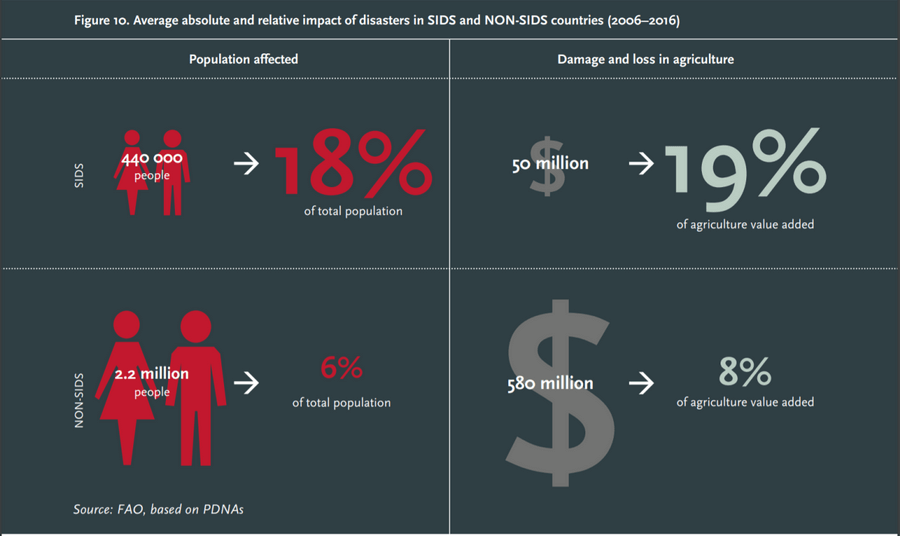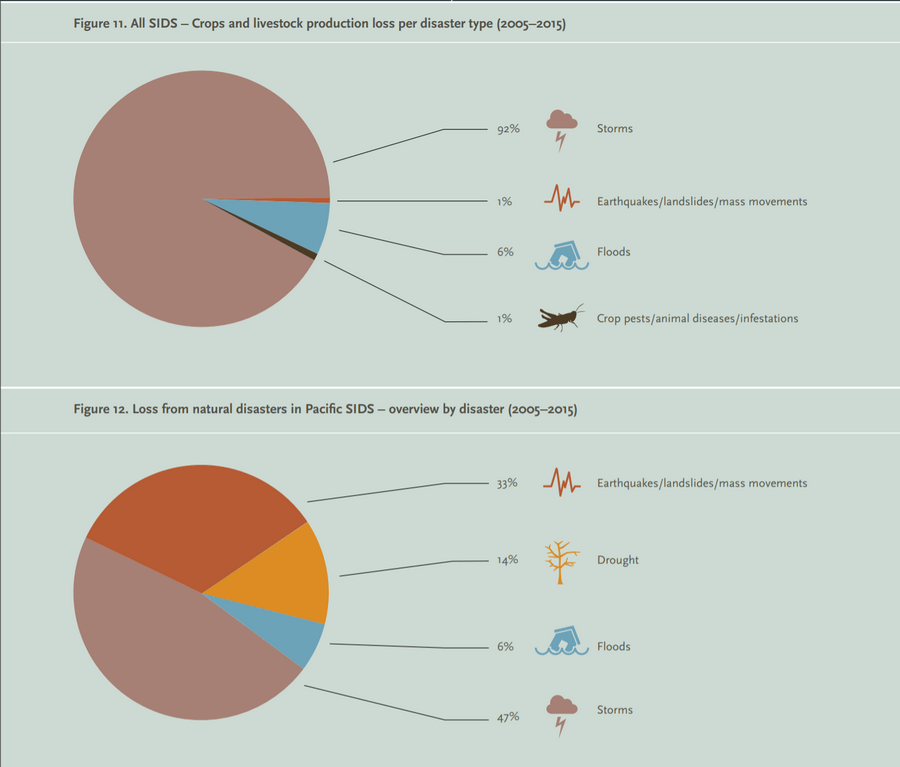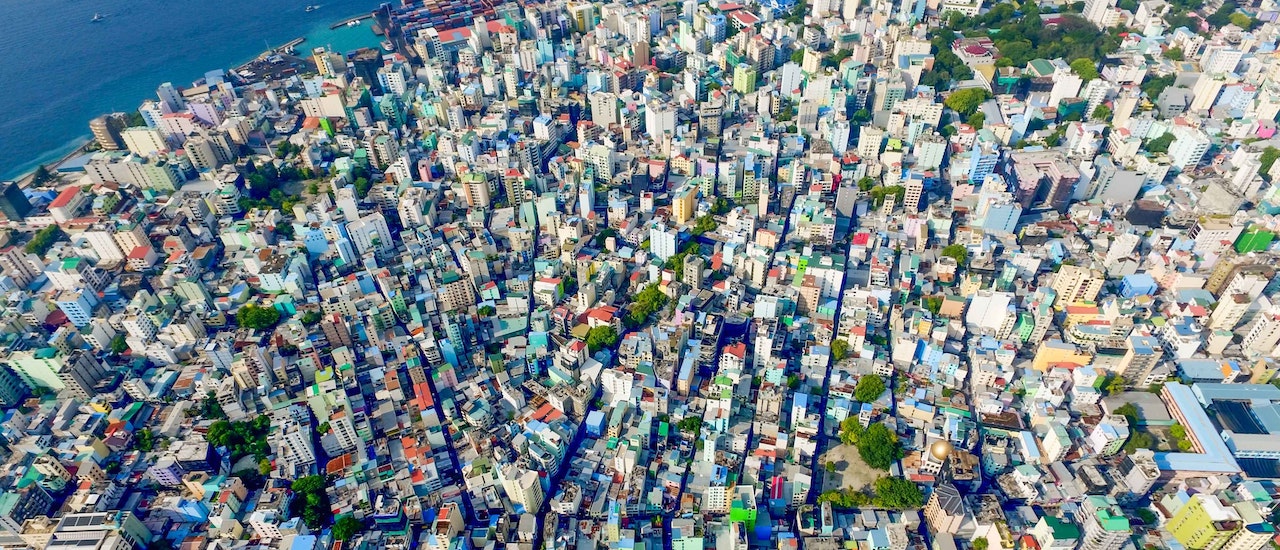This blog post was first published by DiploFoundation.
“We need to ensure we digitalize all of our business processes as to enable the effective digital transformation of our governments, businesses, and educational institutions so that the disruptive solutions brought by the global pandemic, including remote work, digital health, e-learning, and fintech, are collectively recognized as a pivot point in our history.”
There… I’ve done it… I’ve met the challenge of how many currently fashionable buzzwords and jargon I can stuff into a single sentence.
Everything we’ve been reading about dealing with the issues the global economy will face in the post-COVID-19 world tends to sound something like what I’ve written above. I can’t promise you that I will not touch upon these topics and mention these buzzwords again, but I do hope I can bring a certain degree of pragmatism to the conversation, especially given that I hail from Trinidad and Tobago, a twin-island country in the Caribbean, categorized as a small island developing state (SIDS) along with approximately 50 odd others scattered across our various oceans.
SIDS economies are generally characterized by their dependence on earning revenue from the exportation of either raw materials or partially-finished goods extracted from the physical elements of their territories, be that: sugar, bananas, cocoa, tea, coffee, or some other edible element; or bauxite, gold, oil, natural gas, or some other mineral resource commodity traded on the international markets; or the numerous downstream industries that are based on these extractive industries. I would even go so far as to classify the tourism industry as part of this dependency phenomena as it is based on the physical elements of the “sun, sand, and sea,” or in the case of those not as richly blessed, the basic elements of nature leading to vibrant “eco-tourism” industries.
What do all of these have in common? Earlier, I used the terms “dependence and dependency” as, by and large, SIDS economies exhibit elements of what Best and Levitt describe as a “plantation economy” (see the work of George Beckford in this regard). A plantation economy is a loose structuralist (depending on your perspective) variant or sibling of the 1970s neo-Marxist/liberal reformist dependency theory and later the “world system” theories that arguably dominated Latin America and the Caribbean academic thinking of the time.
These aspects, or characteristics, include the history of key industry ownerships by multinational corporations, the repatriation of profits, and the limited to non-existent domestic linkages in SIDS. In essence, the balance of trade between SIDS and trading-partner countries in the “metropole” is inequitable and almost completely in favor of developed countries, resulting in a pattern of income distribution that effectively discriminates against economic transformation.
What this all means is that SIDS economies are rather disproportionately affected by the shifts in global economic patterns. These economies are at higher risk to be deprioritized in global supply chains and, of course, they are at a major risk of disruption in the thrust towards a truly globalized digital economy. Not to mention that they are likely to wear the added burden of being some of the very first countries to feel the effects of the climate emergency, including extremely unpredictable natural hazards and disasters, including hurricanes/cyclones, floods, landslides, drought, and even earthquakes. According to the U.N. Food and Agriculture Organization (FAO), the economic loss from disasters in SIDS showed a staggering increase from USD$8.7 billion (2000–2007) to over USD$14 billion (2008–2015). Climate change poses a further challenge as rising sea levels are responsible for extreme coastal flooding and endangering the livelihoods of over 4.2 million people. In this regard, SIDS are already faced with extraordinary challenges of protecting their inhabitants, infrastructure, and ways of life and in meeting the sustainable development goals (SDGs).


So, as the world slowly begins to turn its attention to planning for the post-COVID-19 new normal, what does this mean for SIDS, given their peculiar circumstances? Certainly, a one-size-fits-all solution offered by the traditional development aid/lending agencies will not work in this case. By the same token, while each country must seek to develop its own individual and contextualized recovery plan, there are likely to be areas for cooperation across the oceans, where collaboration and working together in their 50+ numbers, or at least in their regional collectives, will put them in a stronger position to avoid ramifications of marginalization as the entire globe scrambles to optimize scarce available resources over the next 12 months.
Food security
The UN World Food Programme (WFP) has projected that the number of people facing acute food insecurity (IPC/CH 3 or worse) stands to rise to 265 million in 2020, up by 130 million from the 135 million in 2019, as a result of the economic impact of COVID-19. SIDS have the potential to be severely affected as many are net importers of food with populations that are dependent on income from remittances and tourism. Extremely impoverished SIDS like Haiti, which has 3.7 million (35% of its population) in food crisis or worse conditions, will need assistance from regional and global donor agencies as well as other countries that are in a position to help. However, it is becoming apparent that the COVID-19 pandemic is likely to result in short- to medium-term food production supply chain disruptions across the board. State actors must ensure that fiscal and trade policies that emerge in response to the pandemic encourage the strengthening, rather than the weakening or inadvertent disruption, of global food trade. One particularly interesting measure that has been suggested emanated from Latin America and the Caribbean region. It was recommended that states consider the introduction and promotion of electronic food commerce platforms and applications as well as other measures to reduce the impact of healthy social distancing and to favor chains with fewer intermediaries between producers, small- and medium-sized businesses in neighborhoods, and consumers.
Healthcare
It has been well documented that SIDS have disproportionately high cases of non-communicable diseases (NCDs) such as cancer, diabetes, heart disease, and hypertension, with unacceptably high rates of morbidity and mortality.
Currently, NCDs account for around 75% of all deaths in the Pacific Island countries and territories, including much higher rates of premature deaths (below the age of 60) in many Pacific countries than the comparable global average. Several countries with the highest overweight and obesity rates in the world are in the Caribbean and Pacific SIDS, with the added co-factor that three of the top ten worst rates of tobacco use in the world are in the Pacific region. Healthcare systems in SIDS have therefore already been under tremendous pressure before COVID-19, with the current pandemic forcing states to invest significant additional resources to prepare for, and to react to, the added burden of the still mostly unknown and highly communicable nature of the disease. At present, there is still no approved treatment, cure, or vaccine for the Coronavirus, and it does not appear that there is an immediate-term solution on the horizon. To this end, SIDS healthcare professionals and facilities will continue to be strained in their bid to cope, coupled with them being particularly affected by the global shortage in personal protective equipment (PPE) that is imperative for healthcare workers to be able to continue to work effectively to combat the in-country epidemics and, of course, to simply stay healthy and alive.
Digital policy and related issues
SIDS, by their very nature and prior to the pandemic, have already faced the challenges of remoteness and inability to participate on equal terms in a wide range of activities. Travel is difficult and often prohibitively expensive at both inter- and intranational levels. Internet connectivity remains a lingering challenge in terms of both the last mile and getting beyond “best-effort” broadband services to remote and underpopulated/underserviced/underserved areas within the territories. Businesses are slow and often resistant to adapt to digital thinking, including (paradoxically) the concept of remote work, while schools lack the resources to furnish students and teachers with the necessary skills and equipment to easily adapt to e-learning modalities, not to mention the additional overhead required to infuse digital thinking into standardized curricula.
The opportunity exists, right at this very moment, for the acceleration of a virtual tsunami (the turning of a typically negative concept into a positive) that contains waves of digital transformation to positively impact SIDS. A perfect storm, of sorts, is one that includes several points.
- Governments and telecommunication regulators should unleash and unlock the resources within the Universal Service Fund to tackle, once and for all, the remaining access, accessibility, and digital inclusion challenges within the SIDS, thereby ensuring meaningful and affordable broadband connectivity.
- Chambers of commerce, state small business development, and export promotion entities should join forces to clear the logjams than are currently prohibiting the acceleration of digital business development, including:
- promoting the widespread adoption of local e-commerce activities, building institutional capacity (including legislation, fiscal incentives, technological infrastructure, etc.);
- strengthening national digital payments infrastructure;
- implementing supporting logistics; and
- ongoing training and (digital) skills development.
- Public and private sector actors should fully adopt work from home/remote working protocols involving best practice initiatives such as staggered staffing workdays (e.g., three days remote, two days onsite) and shifts, where required, provision of the necessary tools to support working from home (e.g., reimbursement of appropriate broadband and mobile data charges, if not already on employer-offered plans; loans/assignment of mobile equipment; assistance with the establishment of home offices; and deployment of collaborative productivity tools that could potentially even enhance productivity when working remotely).
- The education and training paradigm should take a quantum leap forward, fully embracing digital transformation at the following levels: strategy, curriculum development, technology infrastructure and e-learning platforms, data analytics, and ongoing skills development. The kickstart that the larger industry received as a result of the pandemic should now be rapidly built upon and all of the lessons that have been learned within SIDS, and indeed globally, from these recent experiences can be fused into a wider drive towards making education and training more relevant, and widely available and accessible to many more groupings both on a synchronous and self-paced basis.
Read Ensuring Sustainable Connectivity in Small Island Developing States
Image of Maldives by Ishan @seefromthesky via Unsplash
